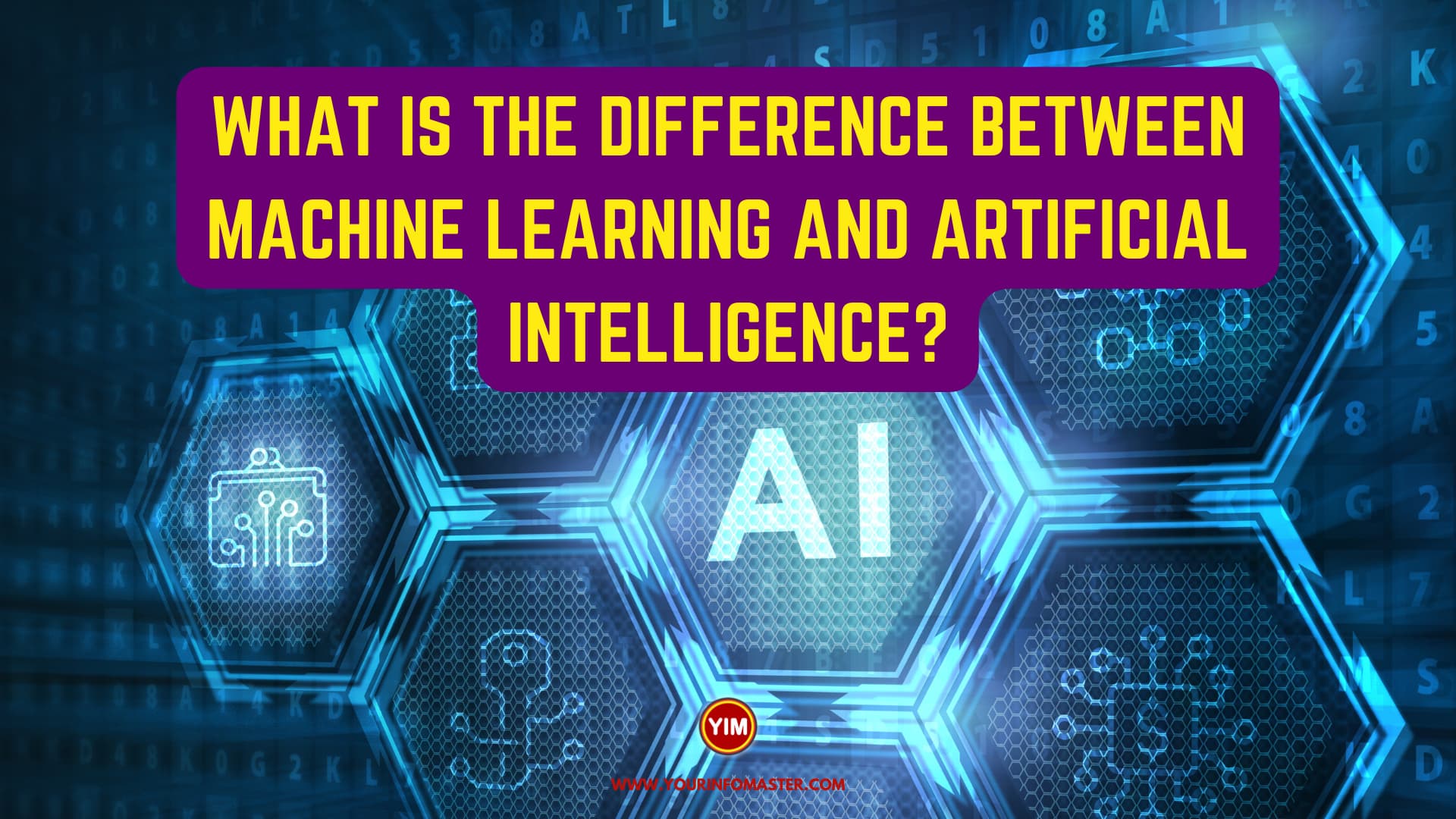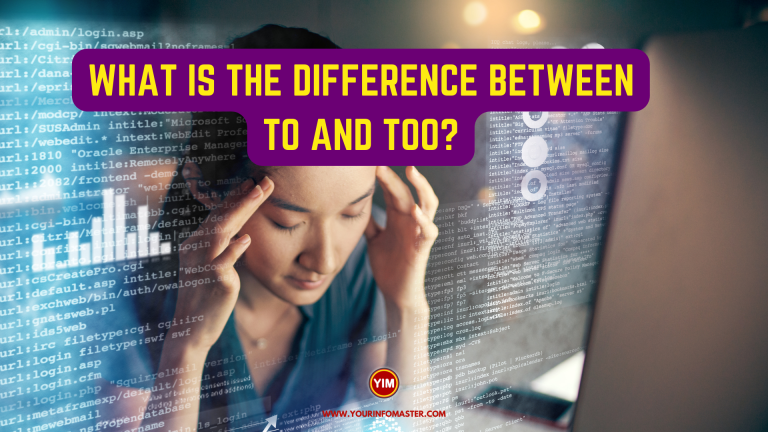I am going to explain the blog post “What is the difference between machine learning and artificial intelligence?“
In the realm of technology, terms like machine learning and artificial intelligence have become increasingly common, often used interchangeably. However, understanding the precise differences between these two concepts is crucial for individuals seeking a deeper comprehension of the technological landscape.
In this blog post, we will delve into the variances between machine learning and artificial intelligence, shedding light on their unique features and capabilities, helping readers grasp the distinct aspects of these transformative fields.
Check also: What is the difference between hypertension and high blood pressure?
5 Differences between machine learning and artificial intelligence
Here is a concise list of five key differences that set machine learning apart from artificial intelligence. By examining these distinctions, readers can gain insight into the characteristics and applications associated with each concept, enabling them to better understand their individual contributions to the world of technology.
List of 5 differences between machine learning and artificial intelligence:
- Definition and Scope
- Learning Approach and Data Dependency
- Task Specificity and Flexibility
- Human Intervention and Autonomy
- Applications and Use Cases
Check also: What is the difference between Debit and Credit?
Detail of 5 Differences between machine learning and artificial intelligence
Here is the detail of 5 differences between machine learning and artificial intelligence:
- Definition and Scope:
- Machine Learning: A subset of artificial intelligence that focuses on algorithms and statistical models allowing computers to learn from and make predictions or decisions based on data.
- Artificial Intelligence: An umbrella term encompassing a wide range of techniques and technologies that enable computers to mimic human intelligence, including machine learning as one of its components.
- Learning Approach and Data Dependency:
- Machine Learning: Relies on the ability of algorithms to learn from and improve performance over time through exposure to training data.
- Artificial Intelligence: Incorporates various approaches such as rule-based systems, expert systems, and machine learning to simulate human intelligence, but not all AI systems require extensive data training.
- Task Specificity and Flexibility:
- Machine Learning: Primarily focuses on specific tasks or domains, training models to excel in narrow areas like image recognition, natural language processing, or fraud detection.
- Artificial Intelligence: Exhibits a broader scope, aiming to develop systems capable of performing multiple tasks, adapting to new situations, and exhibiting human-like cognitive abilities.
- Human Intervention and Autonomy:
- Machine Learning: Often requires human intervention in the form of training data preparation, feature selection, and model evaluation.
- Artificial Intelligence: Strives for higher levels of autonomy, aiming to create systems capable of self-learning, reasoning, and decision-making without extensive human intervention.
- Applications and Use Cases:
- Machine Learning: Applied in various domains, including recommendation systems, autonomous vehicles, predictive analytics, and personalized marketing.
- Artificial Intelligence: Spans diverse fields, such as robotics, natural language processing, virtual assistants, autonomous systems, and complex problem-solving across industries.
Check also: What is the difference between interest rate and APR?
Conclusion
Distinguishing between machine learning and artificial intelligence is essential for individuals seeking a deeper understanding of these transformative technological concepts. While machine learning focuses on algorithms and data-driven learning for specific tasks, artificial intelligence encompasses a broader range of techniques, aiming to mimic human intelligence. By considering factors such as definition, learning approach, task specificity, human intervention, and applications, individuals can appreciate the unique contributions of machine learning and artificial intelligence to the technological landscape.
See also: What is the difference between then and than?
If you really enjoyed the article “What is the difference between machine learning and artificial intelligence?,” then I would be very grateful if you’d help it spread by emailing it to your friends or sharing it on Twitter, Instagram, or Facebook. Thank you!
Have you read “What is the difference between machine learning and artificial intelligence?“ Which of these blogs are you reading, and how is it similar to one of them?







